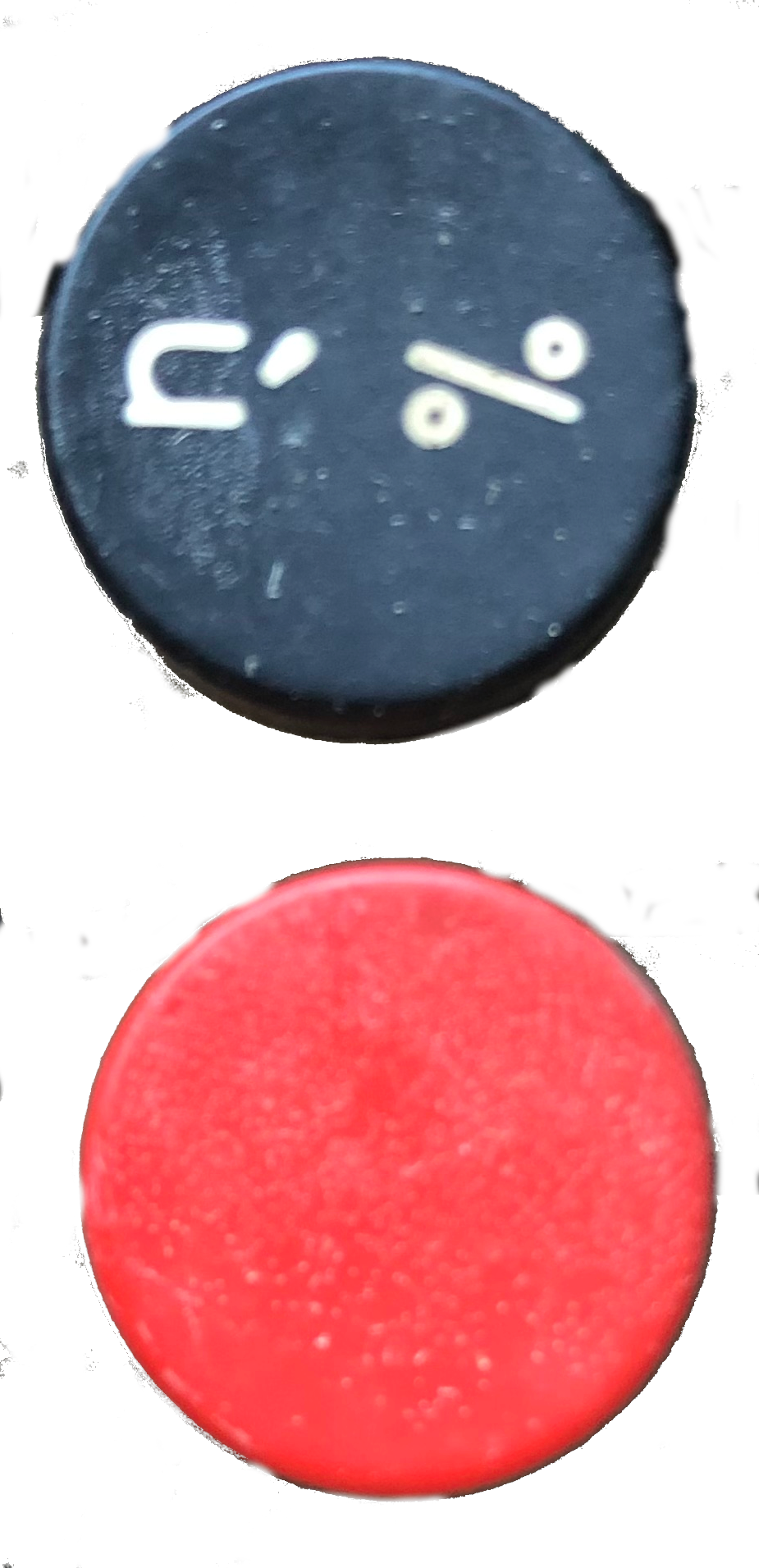Suggested readings week 25/2023

Short history of Computer Graphics
The University of Utah inspired modern computer graphics in multiple ways.
A company founded in 1968 by David C. Evans and Ivan Sutherland, both professors in the Computer Science Department at the University of Utah, employed researchers from the same university that later started or contributed to Adobe, Pixar, Oracle and Silicon Graphics. So one single University department and one single startup housed in abandoned barracks of its campus where the initiators of an incredible series of achievements. Connections with Xerox PARC, Massachusetts Institute of Technology and Stanford University helped a lot keeping high standards at Utah.
The first computer graphics experiments involved calculations performed by a Univac giant computer, PDP-8 minicomputer as a frame builder and a Tektronix oscilloscope as a visualizer. Not exactly pocket computing.
Auditing large language models with a layered approach
While Large Language Models represent the biggest and most impressive advance in Artificial Intelligence research today, they also pose serious ethical and safety problems to be taken into account.
Luciano Floridi and others proposed a three-layered approach to evaluating and auditing Large Language Models by integrating the examination of the involved technology provider, specific model and application workflow. Interestingly looks like this novel approach is a good fit to risk evaluation for the exploding use cases of generative Artificial Intelligence.
Absorbing carbon
Seaweeds are macroscopic multicellular marine algae that might literally eat climate change.
